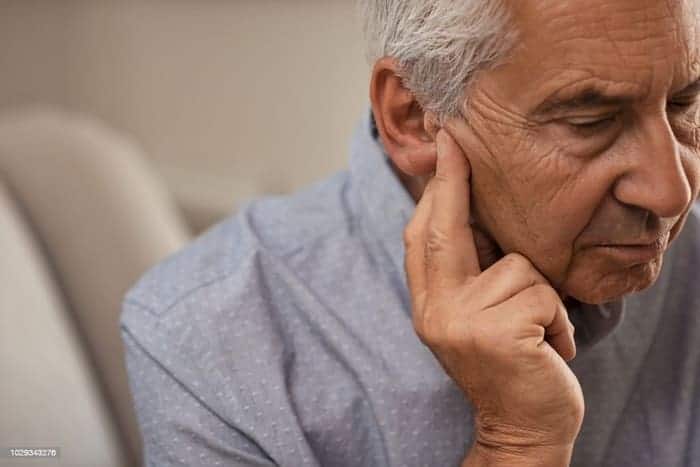Hearing is one of the most essential senses that allows us to connect with the world around us. However, hearing loss is a prevalent and often underestimated condition that can significantly impact one’s quality of life. In this blog, we will explore the various aspects of hearing loss, including its types, symptoms, and causes. At the end, we will also discuss some of the possible treatment options.
Understanding Hearing Loss
Hearing loss, or hearing impairment, is a partial or total inability to hear. This condition can affect people of all ages and may result from various factors. Hearing loss can degrade the overall quality of life of any individual.
Types of Hearing Loss:
Sensorineural Hearing Loss:
Involves damage to the inner ear or the auditory nerve. Ageing, exposure to loud noises, and certain medications are common culprits.
Mixed Hearing Loss:
A combination of conductive and sensorineural hearing loss.

Conductive Hearing Loss:
This occurs when sound waves cannot reach the inner ear.
Common causes include earwax buildup, ear infections, or issues with the ear canal or middle ear.
Recognizing the Symptoms of Hearing Loss
Gradual Onset:
Hearing loss often develops gradually, making it challenging for individuals to recognise the subtle changes. Paying attention to the signs is crucial for early intervention.
Common Symptoms:
Difficulty understanding conversations, especially in noisy environments.
Frequently asking others to repeat themselves.
Turning up the volume on the television or radio.
Withdrawal from social situations due to communication challenges.

Exploring the Causes of Hearing Loss
Aging (Presbycusis):
Age-related hearing loss, known as presbycusis, is a natural part of ageing. It typically involves a gradual decline in hearing sensitivity.
Noise-Induced Hearing Loss:
Exposure to loud noises, whether occupational or recreational, can cause irreversible damage to the hair cells in the inner ear, leading to hearing loss.
Medical Conditions:
Various medical conditions, such as diabetes, cardiovascular disease, and otosclerosis, can contribute to hearing loss.
Treatment Options for Hearing Loss
Medical Interventions:
In cases of conductive hearing loss, medical interventions such as earwax removal, surgical procedures, or treatments for underlying medical conditions may be recommended.
Cochlear Implants:
For severe to profound sensorineural hearing loss, cochlear implants can be a transformative solution. These devices stimulate the auditory nerve directly, bypassing damaged hair cells.
Hearing Aids:
Hearing aids are among the most common and effective solutions for managing hearing loss. These small electronic devices amplify sound and improve the overall auditory experience.
The Role of Hearing Aids in Treating Hearing Loss
How Hearing Aids Work:
Hearing aid machines consist of a microphone, amplifier, and speaker. The microphone picks up sounds, the amplifier makes them louder, and the speaker delivers the amplified sounds to the ear. Simply saying, the hearing aid devices help to hear better in every acoustic situation.
Types of Hearing Aids:
Behind-the-Ear (BTE):
Behind-the-Ear (BTE) hearing aids are discreet, compact devices designed to assist individuals with hearing loss. They consist of a casing and a clear tube, allowing sound to enter the ear canal. BTEs are versatile, accommodating various hearing impairments and can be customized for comfort. They offer advanced functionalities like noise reduction and feedback suppression.
In-the-Ear (ITE):
The ITE (In-The-Ear) hearing aid is a discreet, compact device designed to improve auditory experiences for individuals with hearing loss. Custom-molded to fit snugly within the ear canal, it uses advanced technology like microphones and amplifiers to amplify and clarify sounds. It offers personalized settings, noise reduction, and feedback cancellation for improved communication and quality of life.
Invisible-in-the-Canal (IIC):
The IIC (Invisible-in-Canal) hearing aid is a discreet, advanced device designed to address hearing loss. It’s placed deep within the ear canal, offering improved sound clarity and customization. Utilizing advanced technology like digital signal processing and noise reduction, it enhances the user’s auditory experience. Its snug fit ensures comfort and natural sound transmission.

Advancements in Hearing Aid Technology:
Modern hearing aids have advanced features, including noise reduction, Bluetooth connectivity, and personalized programming for various environments. The hearing aid industry is growing day by day featuring advanced and life-changing features in hearing devices.
Benefits of Using Hearing Aids:
Improved communication and quality of life.
Enhanced social interactions and relationships.
Prevention of cognitive decline associated with untreated hearing loss.
How to Get the Best Hearing Aid:
If you are seeking the best hearing aid then the first step is consulting with a certified and experienced audiologist. An audiologist is the only person who can assess your hearing and suggest the perfect hearing device suitable for your hearing loss. In India, Ear Solutions is the name that you can trust. Ear Solutions can offer you the perfect hearing aid at the best prices and can also offer the best services for a lifetime.

Conclusion:
Hearing loss is a widespread concern that demands attention, understanding, and effective solutions. From recognizing the symptoms to exploring the causes and treatment options, this blog has covered the essential aspects of hearing loss.
Among the diverse treatment options available, hearing aids stand out as a versatile and life-changing solution, providing individuals with the opportunity to reconnect with the sounds that matter most. If you or someone you know is experiencing hearing loss, seeking professional guidance and considering the use of hearing aids can pave the way to a richer auditory experience and an improved overall quality of life.




